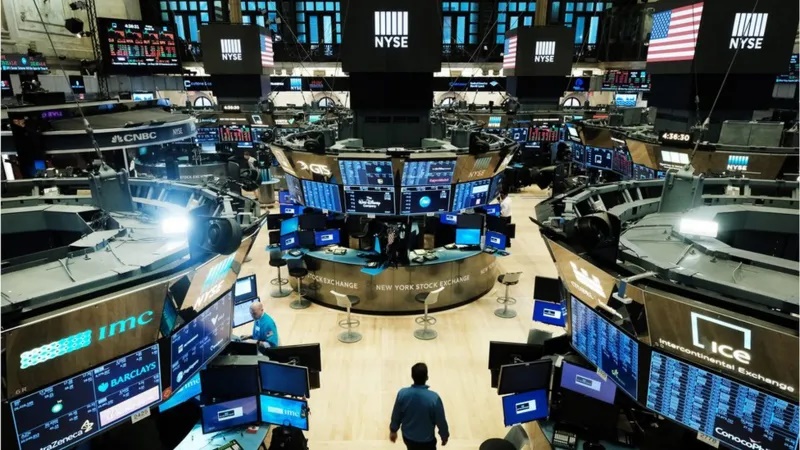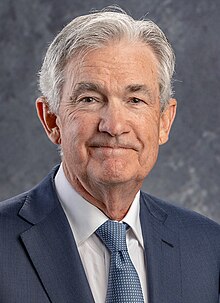Gold Blasts To Record High As deVere Warns Of Surging Tariff Chaos

Gold’s price is erupting to historic highs today, and global financial advisory giant deVere Group is warning that Donald Trump’s latest tariff twist has just turned one of the world’s most stable financial markets into a “policy-driven minefield.”
US gold futures have surged to an unprecedented $3,534 per troy ounce, after the Trump administration blindsided the global bullion market by imposing duties on one-kilo and 100-ounce bars — a category long assumed to be exempt from trade levies.
The sudden Customs and Border Protection (CBP) ruling has detonated decades of convention, setting the stage for a seismic redrawing of global gold flows.
The White House had previously signalled in April that gold would be spared from its sweeping ‘liberation day’ tariffs.
However, in a ruling dated July 31, the CBP reclassified these bars under a code not covered by exemptions, in response to a Swiss refinery’s query.
The decision has delivered a particular blow to Switzerland, the world’s largest exporter of refined gold, already facing a 39% duty on other US imports.
The move has created a dramatic pricing split: while London spot prices stayed steady, U.S. futures jumped, commanding a premium of more than $100 per ounce. That gap is already straining the role of New York’s Comex exchange as the global hedging benchmark.
Nigel Green, chief executive of deVere Group, says: “What we’ve seen today isn’t just a price spike, it’s pure tariff mania.
“Futures surging into uncharted territory because one customs ruling turned the global gold plumbing upside down. This is what happens when political theatre trumps market logic.”
The ruling threatens to divert trade away from the U.S., with London emerging as a potential beneficiary.
Non-Swiss gold routed through UK refineries could, in theory, bypass the levy, but only if it meets strict origin and classification requirements.
This could lead to costly recasting or re-stamping of bars, paperwork gambits, and a chain-of-custody battle with regulators who may crack down on anything that smells like circumvention.
If the ruling stands, the market could fracture into two distinct pools: tariff-free gold and tariff-hit Swiss bars, each trading at sharply different prices. For an asset prized for its fungibility and universal valuation, that’s a staggering shift.
Nigel Green warns: “Tariffs on gold bars? It’s absurd. We’re talking about a market that’s supposed to be one of the cleanest, most efficient, and most trusted in global finance. Instead, we now have price distortions, logistical headaches, and an open invitation for arbitrage — all created by a piece of paper.”
This year alone, gold has soared almost 30% on the back of inflation fears, swelling government debt, and a persistent hunt for safe-haven assets.
This rally is now being turbocharged — but not for the right reasons. The price surge is less about fundamentals and more about policy whiplash, injecting volatility into a market where stability is the point.
The wider lesson, according to deVere’s chief, goes far beyond bullion.
“Tariffs are blunt-force tools dressed up as strategy. They don’t fix structural problems; they create new ones. The idea that you can tax your way to a stronger market is as outdated as it is dangerous.
“All you really do is add cost, complexity, and confusion — and in gold’s case, you risk undermining a cornerstone of the global financial system.”
For decades, gold has stood apart from the political skirmishes that buffet other commodities. Its exemption from trade duties wasn’t a loophole; it was recognition of its central role in reserves, settlements, and hedging.
Today’s move rips up that understanding and raises urgent questions about what asset could be next.
“Today’s shock should be a wake-up call,” concludes Nigel Green.
“When policy overrides market logic, everyone pays. Today, the cost is not just measured in dollars per ounce, it’s in the erosion of trust that keeps markets functioning.”





